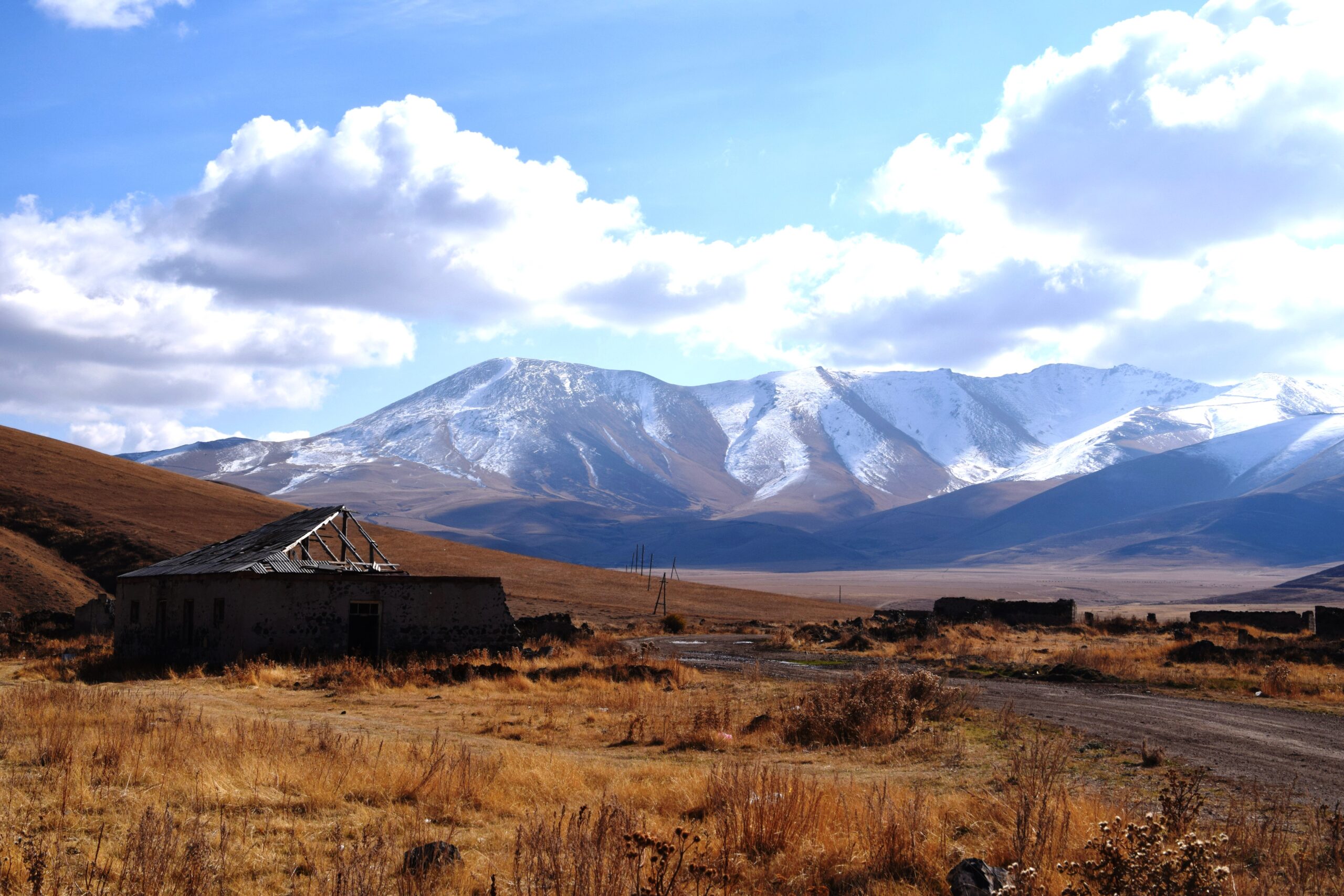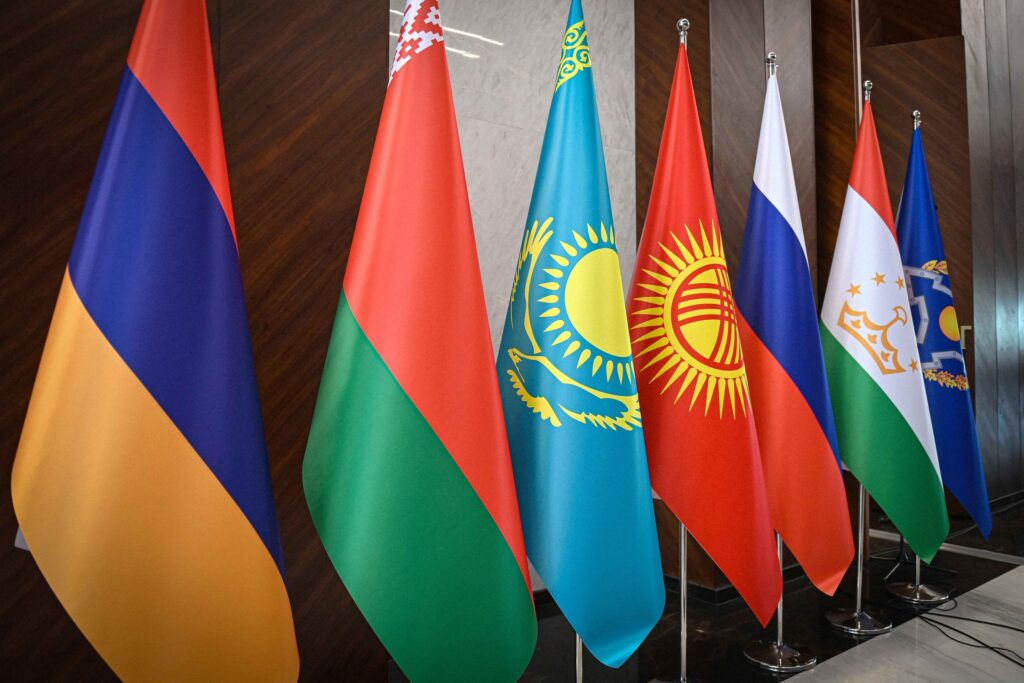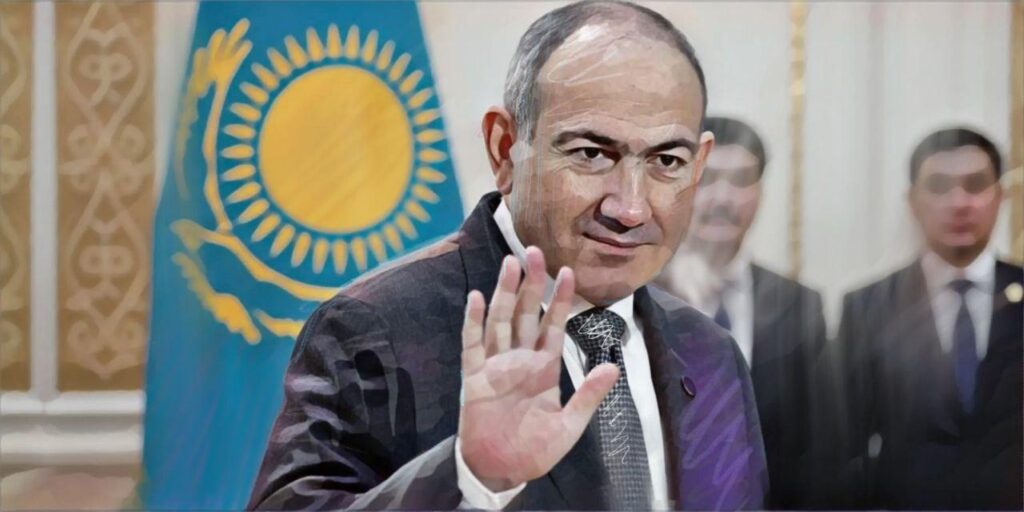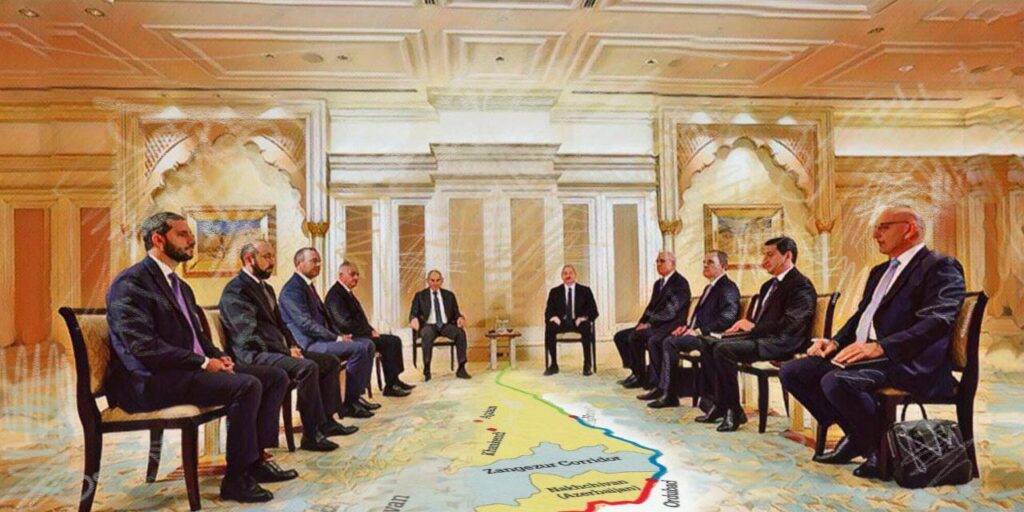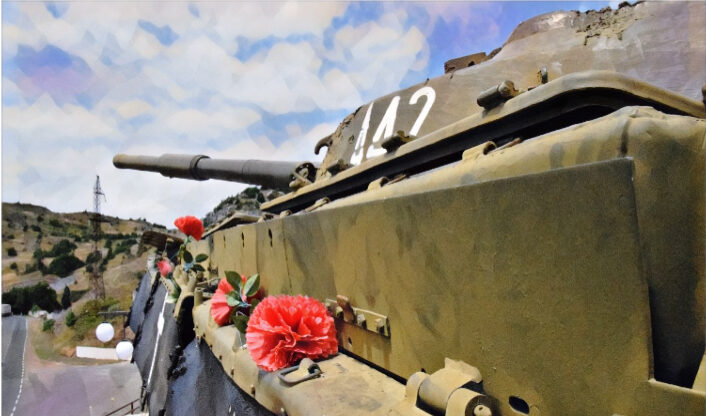By Robert M. Cutler
On May 10–11, Kazakhstan’s President Kassym-Jomart Tokayev hosted peace talks between the Azerbaijani and Armenian foreign ministers. These constructive negotiations were strictly bilateral, with Kazakhstan absent from the room and only providing the venue for the meeting. The event illustrates the dedication by Tokayev and his foreign policy to regional stability and mediation. Kazakhstan has done this sort of thing in the past; it hosted Russia–Turkey–Iran talks over Syria until last year. It was also mentioned as a place for bilateral Russia–Ukraine negotiations, although that idea never materialized.
Armenia’s Future is in the South Caucasus and Asia
Tokayev had offered to provide the venue during his first official visit to Armenia, which took place on April 15 this year. His trip to Armenia may in retrospect be seen as a turning point. Former President Nursultan Nazarbayev had been forced to cancel a visit in 2016, following protests in Yerevan against Astana’s support of Baku in the Karabakh conflict. Armenia’s participation in the new peace efforts, now under way for a couple of years, marks a significant shift after decades of rejecting such cooperation. It offers the prospect of renewed regional relations.
Under Prime Minister Nikol Pashinyan, Armenia has lately been trying to shift its foreign policy, reaching out to Western countries such as France and the U.S. in order to decrease its long-standing dependence on (some would say, vassalage to) Russia. But Armenia is a state in the South Caucasus, not in Europe or America. For this reason, the state’s objective interests (as opposed to those of the far-flung diaspora) are geopolitically compatible with those of Azerbaijan and Turkey, and also of Kazakhstan more distantly.
Astana’s ties with Baku and Ankara, and Azerbaijan’s strengthening of its own ties with Central Asia, reflect strategic manoeuvring in the region. These partnerships enhance Kazakhstan’s and Turkey’s roles in promoting stability and development in the South Caucasus. They consequently offer Armenia a new path to prosperity. Peace with Azerbaijan would lead to the lifting of the Turkish embargo on Armenia and open the possibility of Armenia’s integration into the Trans-Caspian International Trade Route (TITR, “Middle Corridor“). Such an opening would further widen Armenia’s diplomatic vistas and decrease its dependence on Russia.
Turning to Europe and the U.S. can offer some advantages, but Armenia must be cautious of the influence of a bellicosely irredentist Armenian diaspora, whose interests are not first and foremost the well-being of Armenians living in Armenia. Prioritizing regional integration and cooperation with its South Caucasus neighbours and other TITR participants will enable Armenia proper to build a more stable and prosperous future.
Infrastructure and Connectivity Initiatives
With the assistance of the international financial institutions, the European Union and Central Asia are developing the TITR as a critical trade corridor that will also contribute significantly to the prosperity and stability of the countries lying along its route. Azerbaijan and Kazakhstan have long been key players in the promotion and realization of this plan. The Middle Corridor, reminiscent of the ancient Silk Road, offers significant economic opportunities and strategic advantages.
The global support for infrastructure investments and regional initiatives demonstrates the international community’s commitments to connectivity and cooperation in the region. These offer Armenia new economic opportunities. Armenia should conclude a peace agreement with Azerbaijan as quickly as possible, anchoring itself in the South Caucasus, including trans-Caspian and trans–Black Sea economic links, rather than seeking alignment solely with the U.S. and Europe, or which over-depends on them.
Kazakhstan is already taking practical steps in this direction. In Yerevan last April, the Kazakhstani and Armenian delegations signed ten documents, including a trade and economic cooperation roadmap for 2024–2025. This document covered, amongst others, the sectors of aviation, culture, information and communication technologies, migration, sports, and tourism. The two capitals, Astana and Yerevan, also became sister cities.
Tokayev, for his part, indicated that bilateral relations should first of all seek to enhance trade, with special attention to the construction, food, information technology, investment, and transport and logistics sectors. “Kazakhstan is ready to increase exports to Armenia to up to $350 million,” he said; the figure would be an enormous, nearly a ten-fold increase from the $33.4 million reported last year. Road transport between the two, also still quite modest, surged by 20% in 2023 over 2022. The two leaders amended and ratified a 2006 agreement on international road transport between the two countries to boost it further.
Kazakhstan accounts for 70% of foreign direct investment by the Central Asia countries. Azerbaijan, its key partner in the Middle Corridor, enhances regional connectivity and economic cooperation. Turkey, another middle power, also supports regional stability and economic development. All three countries are waiting for peace in order to boost trade and infrastructure development throughout the South Caucasus, benefiting Armenia.
A Path Forward
Azerbaijan and Kazakhstan, as middle powers, are asserting their roles as managers in the global arena, creating possibilities to rejuvenate the international system. Relying on a combination of leadership and multilateralism, their cooperation with international partners can promote a peaceful and prosperous future. The strategic initiatives of Azerbaijan and Kazakhstan in the South Caucasus and Central Asia demonstrate this potential of middle powers to influence global stability and development.
In December 2023, Armenia, as part of a series of mutual goodwill gestures aimed at promoting reconciliation with Azerbaijan, agreed not to block the latter’s candidacy to host the COP29 United Nations climate conference. In the deal, Armenia lifted its veto on Azerbaijan’s application to host COP29 in exchange for becoming a member of the conference’s executive committee. Significantly, the agreement was reached through direct bilateral contacts without third-party intervention.
This step by Armenia toward embracing multilateral cooperation will help to address lingering security uncertainties and foster a peaceful future. The country’s active participation in these efforts is crucial for its own prosperity and security. In addition, by engaging in regional integration mechanisms (and, not least, the TITR as part of the peace with Azerbaijan), Armenia can decrease its dependence on Russia and anchor itself firmly in the South Caucasus, benefiting from trans-Caspian and trans–Black Sea economic links.
Robert M. Cutler has written and consulted on Central Asian affairs for over 30 years. He was a founding member of the Central Eurasian Studies Society’s executive board and founding editor of its Perspectives publication. He has written for Asia Times, Foreign Policy Magazine, The National Interest, Euractiv, Radio Free Europe, National Post (Toronto), and many other outlets. He directs the NATO Association of Canada’s Energy Security Program, where he is also senior fellow.
